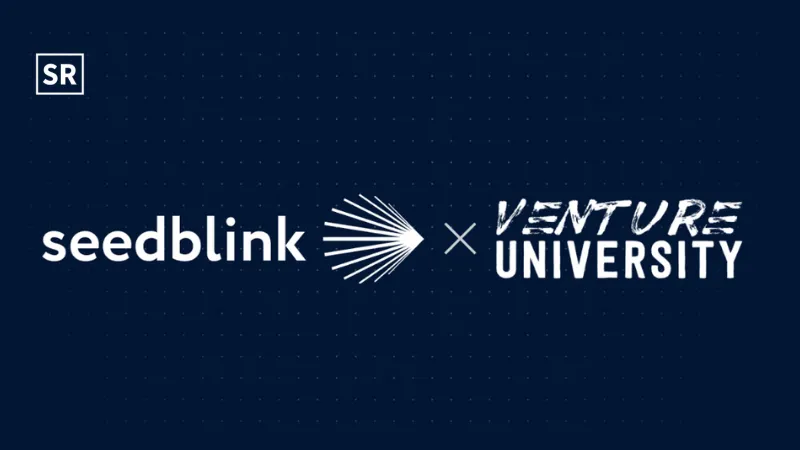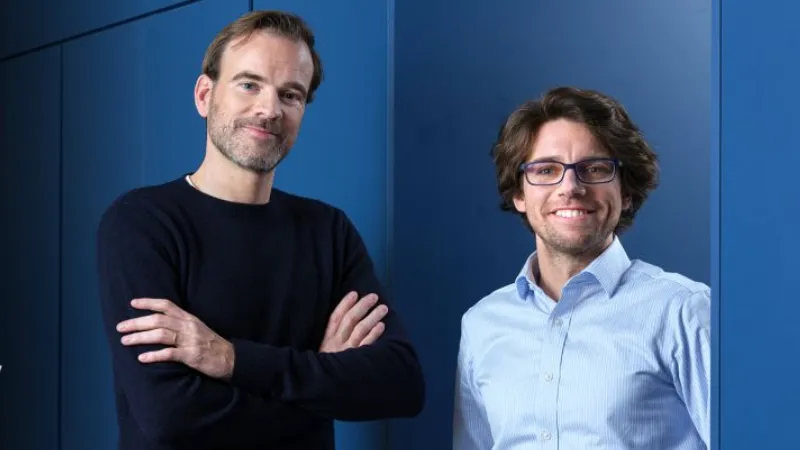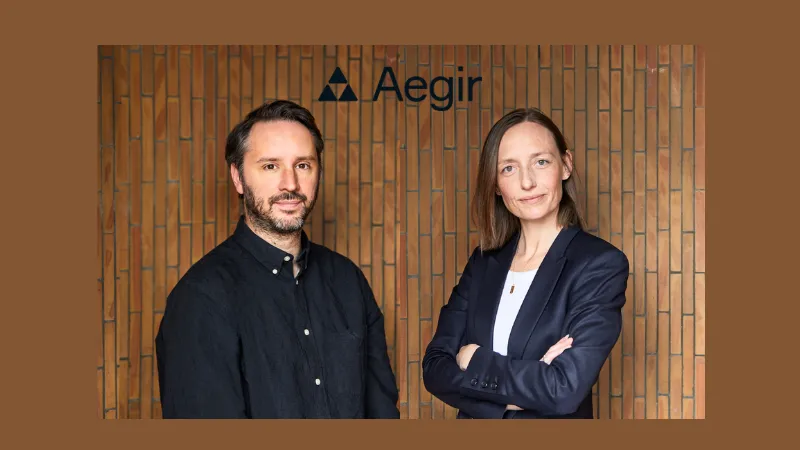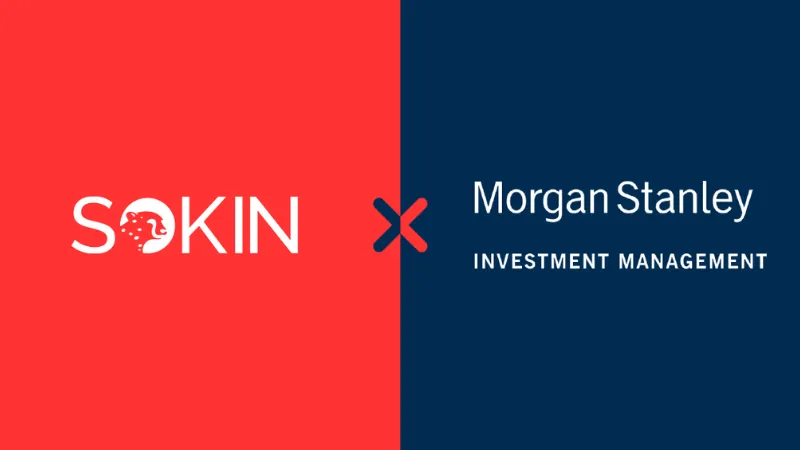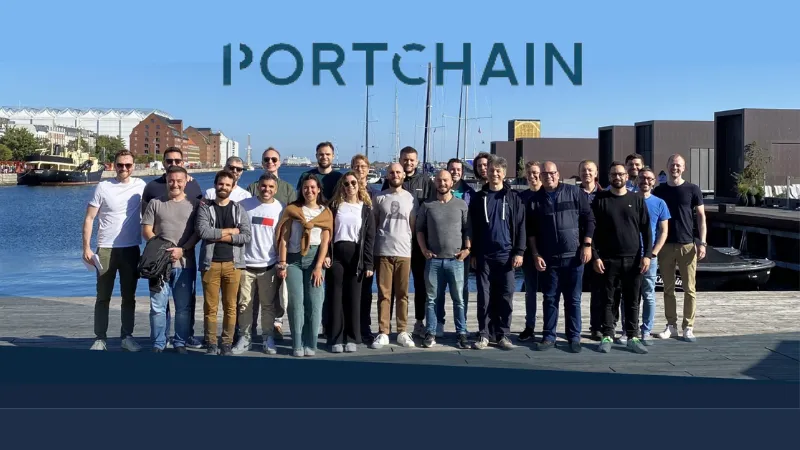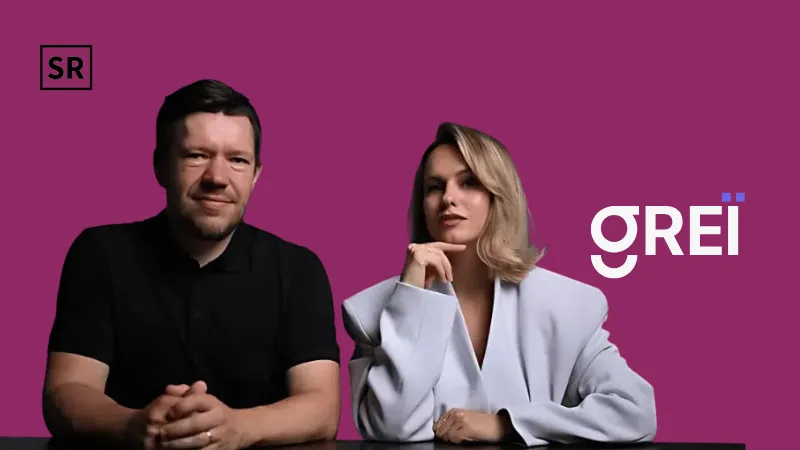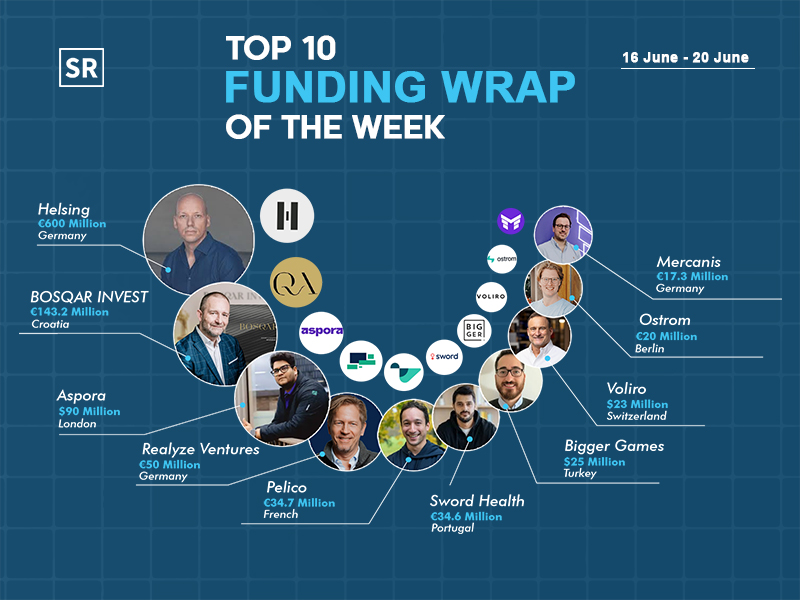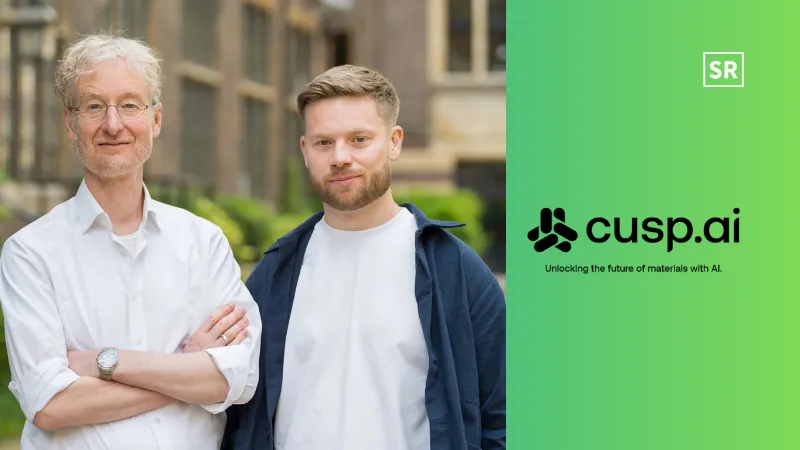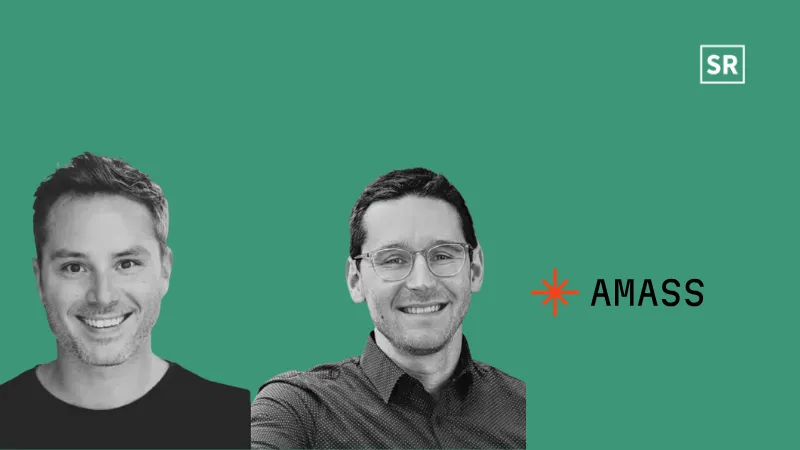
Copenhagen-based Amass, a scientific intelligence platform for life sciences, has raised €1.4M from Giant Ventures, Kost Capital, EIFO, and Christian Thirion, who will also serve as the company’s Chairman.
SUMMARY
- Copenhagen-based Amass, a scientific intelligence platform for life sciences, has raised €1.4M from Giant Ventures, Kost Capital, EIFO, and Christian Thirion, who will also serve as the company’s Chairman.
Along with the funding, the Danish company named Tommy Ahlers (former Danish Minister for Science, Technology, Information and Higher Education) and Bodil Sidén (Kost Capital) to its board.
The fresh capital will be used to enhance products, expand into new markets, and build an AI map of global scientific knowledge to preserve insights and drive discoveries.
Scientific knowledge drives global discoveries, yet it’s often locked away—difficult to access, cite, or share—slowing the path to the next breakthrough.
RECOMMENDED FOR YOU
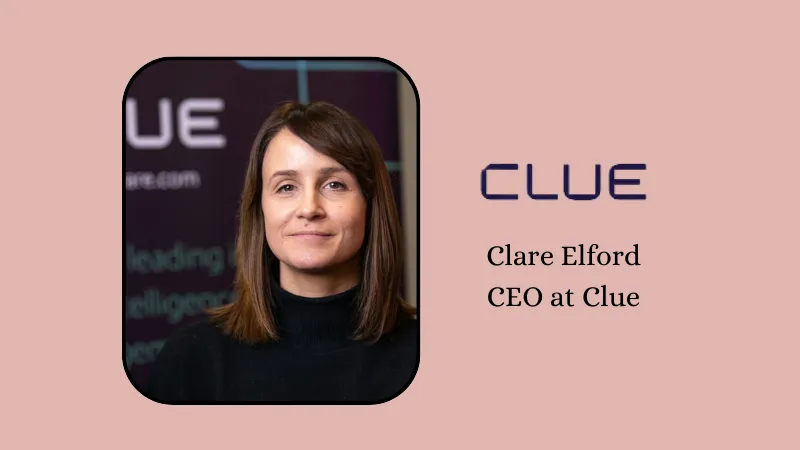
[Funding alert] Bristol-based Clue Software Secures €4.7 Million in Funding
Team SR
Feb 7, 2024
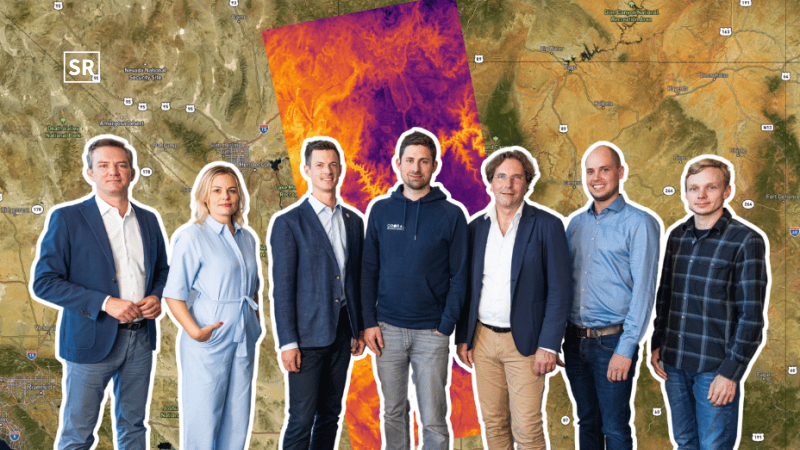
OroraTech Funding News- German Startup OroraTech Raises €37Mn In Series B Round
Kailee Rainse
May 15, 2025
Henrik Jensen (CEO) and Alexander Junge (CTO) founded amass, a platform that unites patents, research papers, regulatory filings, trial data, and internal documents—enabling researchers to make faster, informed decisions.
The company’s mission is to speed up pharma and biotech discoveries by creating an intelligence layer that streamlines life science workflows.
The platform doesn’t just surface information—it connects concepts across sources and reveals the evidence behind each result, ensuring transparency and better decisions in regulated fields.
To achieve this, the company builds specialised models that capture critical scientific details while filtering out noise from complex queries.
Today, its early users range from startups and public institutions to established industry players.
About Amass
Amass organizes scattered scientific knowledge—spanning patents, papers, regulatory filings, and proprietary data—into a queryable, cross-linked graph powered by AI. With domain-specific embeddings, it captures subtle scientific signals, enabling users to triangulate across sources, trace evidence and reason with documents rather than just retrieve or summarize them.


 Follow us
Follow us Follow us
Follow us